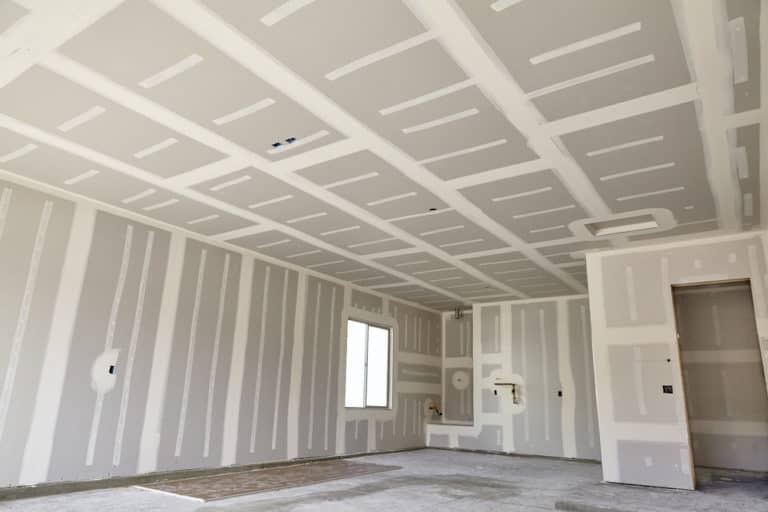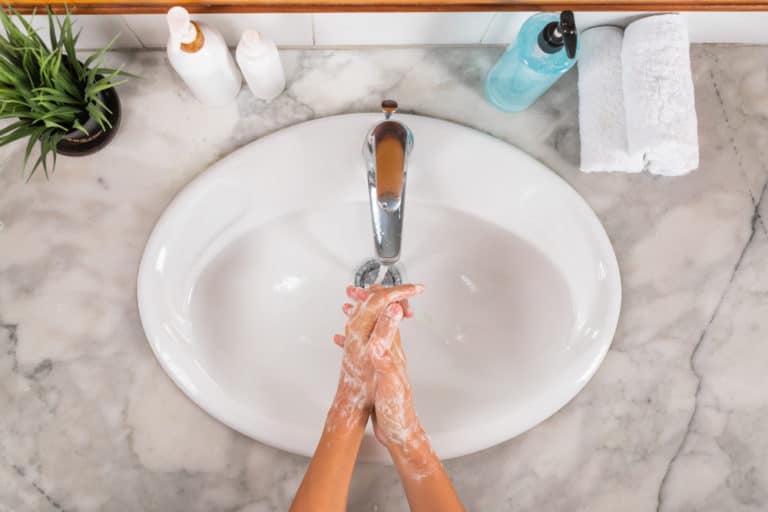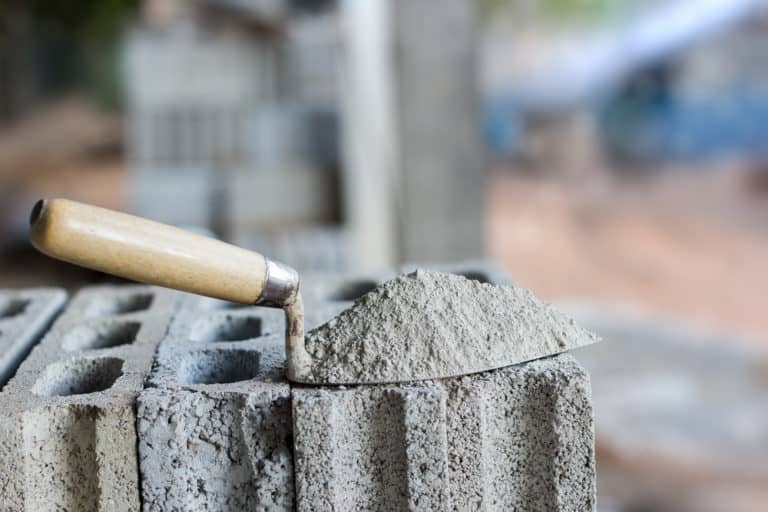What Are The Easiest Home Renovation Skills To Learn?
Home renovation can cause men and women alike to feel unqualified for the task and sometimes discouraged as renovations cost money, is inconvenient, and cause discomfort with contractors doing what they deem fit. Learning the basics of home renovations will give you a hands-on approach, satisfaction, and a sense of accomplishment when you do things as planned.
The most effortless home renovation skill to learn for your first DIY project is to look at the fundamentals of being a handyman. Painting, drywall repair, and tiling are the three skills any first-timer should be able to do when it comes to home renovation.
There is no doubt that home renovation will give you sleepless nights, cause chaos and confusion and give you anxiety. However, the best way to put your mind at ease is to upskill and get your hands dirty by doing that home renovation you and your spouse planned for months, all by yourself, and save money while doing so.
How To Paint Your House When Doing Renovations
Painting is easier than you think. With a few fundamental skills, tips, and tricks, you can renovate your home and paint like a professional in no time.
There are three steps to painting like a professional for home renovations:
- Preparation and planning for painting
- Fixing cracks and dents
- Sanding and painting
Preparation And Planning For Painting
Preparation of the room you are renovating is one of the most important parts of painting, especially regarding the inside of your home.
Firstly, remove all furniture from the room to prevent paint from staining it. After that, lay down a tarp and use painter’s tape to stick the tarp to the wall, securing it before painting. Doing this will prevent any excess paint that drips or splats from falling on the floor and require you to clean afterward.
Painter’s tape, also called masking tape, helps create crisp, straight lines and prevents the paint from getting on areas you do not plan on painting. The linework is a crucial step in painting, as it helps to outline the space you would like painted. The linework is when you outline all areas to make sure you can paint without worrying about making a mess when you use the roller brush.
Fixing Dents And Cracks
After using painter’s tape to mask the area, you would like to renovate, it is essential to note that walls will have cracks and dents and require some prep work before painting over these areas. Find where the crack or dent is and follow these steps, ensuring it is ready for paint:
- The crack size will establish if it is necessary to widen the gap with the corner of a paint scraper. Doing so will ensure the crack goes through the outer paper layer of the drywall.
- Apply the ready-mix drywall compound to the crack in the wall using the paint scraper, be sure to hold it at approximately 70 degrees and swipe it across the compound’s area.
- Now that you have applied the drywall compound, scrape the paint scraper’s sides on the pan, making sure it is clean.
- Allow the compound applied in the crack or dent in the wall to dry completely, and lightly sand the area before you start painting over it with long harmonic strokes.
Sanding And Painting
There is not a lot of difficulty surrounding sanding and painting drywall. After identifying the areas that require sanding, use sandpaper with a high grid count to file at a finer grain. It will prepare the area well for the paint to stick.
Sanding these areas may take time, but adding this step will increase the longevity of the paint applied. Pour the paint into a painter’s pan and grab your roller paint brush. Rolling long and even strokes will create good and even coverage of the wall.
Learn How To Repair Drywall For Home Renovations
Fixing drywall sounds relatively easy and very approachable as a skill to learn for home renovations to do yourself. You need to assess the situation first and establish which technique will work best for fixing holes in the drywall of the room you are renovating.
If the hole in the wall is more significant than you expected, there is no use in filling it up with drywall compound and scraping it with a scraper to flatten out the area. You will waste a lot of material, and it will look like someone with no skills did the job.
You would first want to clean up any rough edges around the hole and remove any loose debris around the area. Using a drywall patch with adhesive and a reinforced metal layer in the center, place this patch over the hole, ensuring complete coverage.
Cover the patch with the compound using a drywall knife and drywall compound and let it dry completely. You may need to add more than one mixture coat to ensure complete coverage. Sand the area lightly with sandpaper to prepare the wall for paint.

Learn The Skill Of Tiling For Home Renovations
Like any home renovating skill you learn, tiling can be somewhat daunting but getting the hang of it is easy. Making sure the area to be tiled is clean and dust free is probably one of the essential parts of tiling, as debris may cause the floor to slope in one direction.
Start by mixing the cement you will use to tile; place a trowel full of cement on the area where you will place your tile. Once you level out the cement, press the tile in, ensuring you have some of the cement come out on the sides.
After placing the tile where you’d like it, ensure it is level by using a spirit level. It is vital to ensure the tiles are level; otherwise, you will end up with uneven flooring. While continuing to lay the tiles, see that you include spacers on each corner of the tiles to ensure even spacing.
As soon as the cement dries, mix the grout and use your fingers and a rubber glove to add the grout to the cracks between the tiles to smoothen it out and have uniformity. Right then and there. Stand back and admire your first tiling job as a home renovator.
Conclusion
It is common to feel unqualified when attempting your first home renovation project. Looking at these three easy home renovation skills you can learn overnight can point you in the right direction to have confidence that you can do the job and that you will do the job well.
The time for paying contractors to do a job you can do is long gone. With these simple skills, such as painting, tiling, and fixing drywall, you are qualified enough to do any job required during a home renovation, as most skills will stem from these three.







